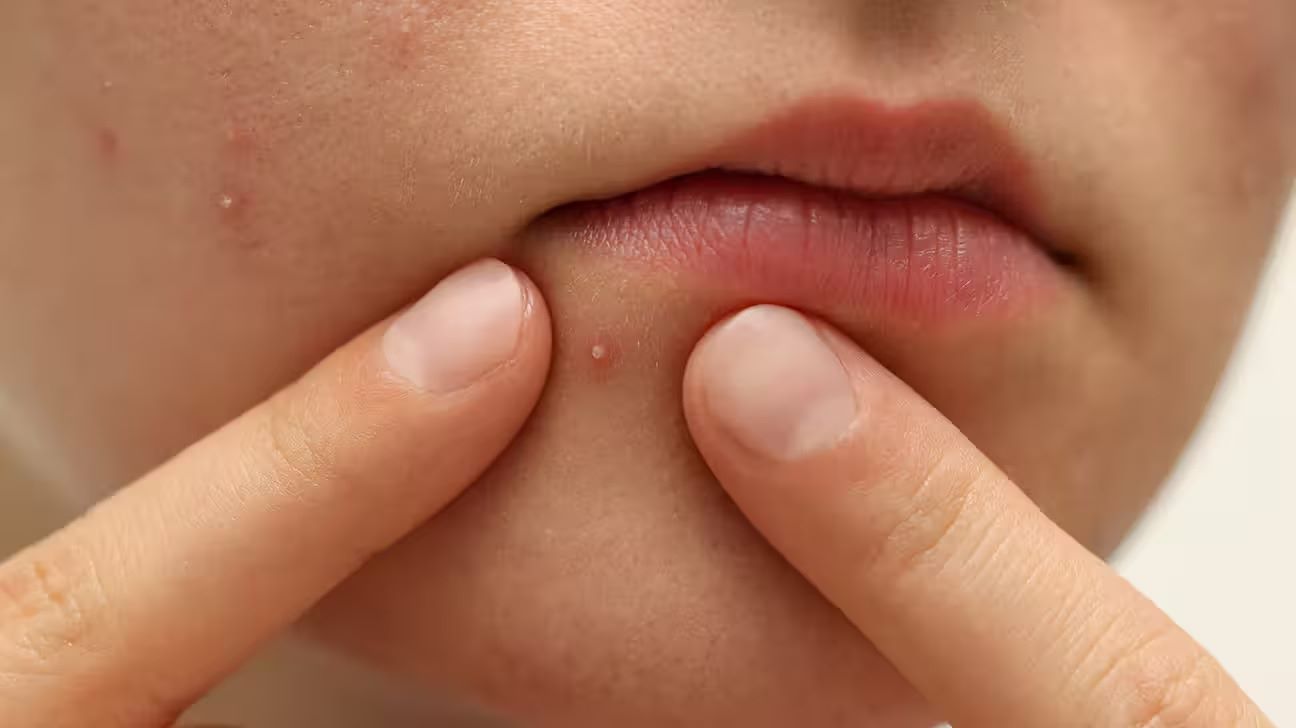
Pustules—those pesky, inflamed bumps filled with pus—can be a real nuisance. But what exactly are they, and why do they appear? Pustules often form when hair follicles or sweat glands become clogged, leading to infection and inflammation. They can pop up anywhere on the body but are most common on the face, back, and shoulders. While they might look similar to pimples, pustules are usually larger and more painful. Understanding the causes, treatments, and prevention methods can help you manage and reduce these unwelcome visitors. Ready to dive into 40 facts about pustules? Let's get started!
What Are Pustules?
Pustules are small, inflamed, pus-filled bumps on the skin. They can appear anywhere on the body and are often a sign of infection or inflammation. Let's dive into some interesting facts about pustules.
-
Pustules are a type of acne. They form when oil and dead skin cells clog pores, leading to bacterial growth and inflammation.
-
They are typically white or yellow. The color comes from the pus inside, which is a mix of white blood cells, bacteria, and dead tissue.
-
Pustules can be painful. The inflammation and pressure from the pus can cause discomfort or even pain.
-
They often appear in clusters. Multiple pustules can form in one area, especially on the face, back, or chest.
-
Pustules are common in teenagers. Hormonal changes during puberty can increase oil production, leading to more clogged pores and acne.
-
They can also affect adults. Stress, hormonal imbalances, and certain medications can cause pustules in adults.
-
Pustules are different from papules. Papules are small, red bumps without pus, while pustules contain pus.
-
They can be a sign of an infection. Conditions like folliculitis or impetigo can cause pustules.
-
Pustules can be itchy. The inflammation can cause itching, making it tempting to scratch or pop them.
-
Popping pustules can lead to scarring. Squeezing or picking at them can damage the skin and cause permanent scars.
Causes of Pustules
Understanding what causes pustules can help in preventing and treating them. Here are some common causes.
-
Bacterial infections. Bacteria like Staphylococcus aureus can infect hair follicles, leading to pustules.
-
Fungal infections. Fungi can also infect hair follicles, causing pustules.
-
Hormonal changes. Fluctuations in hormones, especially during puberty or menstruation, can increase oil production and lead to pustules.
-
Certain medications. Steroids and other medications can cause pustules as a side effect.
-
Poor hygiene. Not washing your face or body regularly can lead to clogged pores and pustules.
-
Stress. High stress levels can trigger hormonal changes that lead to pustules.
-
Diet. Foods high in sugar and dairy can increase the risk of pustules.
-
Allergic reactions. Allergies to skincare products or cosmetics can cause pustules.
-
Excessive sweating. Sweat can mix with oil and dead skin cells, clogging pores and causing pustules.
-
Genetics. Some people are more prone to pustules due to their genetic makeup.
Treatment and Prevention
Treating and preventing pustules involves a combination of good skincare and lifestyle changes. Here are some effective strategies.
-
Keep your skin clean. Wash your face twice a day with a gentle cleanser to remove oil and dirt.
-
Use non-comedogenic products. These products are less likely to clog pores and cause pustules.
-
Avoid touching your face. Touching your face can transfer bacteria and oil from your hands to your skin.
-
Manage stress. Practice stress-reducing activities like yoga, meditation, or exercise.
-
Eat a balanced diet. Include plenty of fruits, vegetables, and whole grains in your diet.
-
Stay hydrated. Drinking enough water helps keep your skin healthy and clear.
-
Use over-the-counter treatments. Products containing benzoyl peroxide or salicylic acid can help reduce pustules.
-
Avoid popping pustules. Popping can lead to infection and scarring.
-
See a dermatologist. If over-the-counter treatments don't work, a dermatologist can prescribe stronger medications.
-
Keep your hair clean. Washing your hair regularly can prevent oil from transferring to your face and causing pustules.
Interesting Facts About Pustules
Here are some lesser-known facts about pustules that might surprise you.
-
Pustules can appear on pets. Dogs and cats can also get pustules, often due to bacterial infections.
-
They can be a symptom of rosacea. Rosacea is a skin condition that causes redness and pustules on the face.
-
Pustules can form inside the mouth. Conditions like oral thrush can cause pustules on the tongue or inside the cheeks.
-
They can be caused by insect bites. Some insect bites can lead to pustules if the skin becomes infected.
-
Pustules can appear after shaving. Shaving can irritate the skin and cause pustules, especially if the razor is dull or dirty.
-
They can be a sign of an autoimmune disease. Conditions like lupus can cause pustules as part of their symptoms.
-
Pustules can be treated with natural remedies. Tea tree oil and aloe vera have antibacterial properties that can help reduce pustules.
-
They can be a side effect of certain vaccines. Some vaccines can cause pustules as a reaction to the injection.
-
Pustules can form on the scalp. Scalp folliculitis is a condition where pustules form on the scalp due to infected hair follicles.
-
They can be a sign of a serious infection. If pustules are accompanied by fever or other symptoms, it could indicate a more serious infection that requires medical attention.
Final Thoughts on Pustules
Pustules, though often unpleasant, serve as a clear sign that your body is fighting off an infection. These small, pus-filled bumps can appear anywhere on the skin and are usually caused by bacterial infections, clogged pores, or certain skin conditions like acne or psoriasis. While they might be unsightly, they’re generally treatable with proper skincare, over-the-counter medications, or antibiotics for more severe cases.
Understanding what causes pustules and how to treat them can help you manage outbreaks more effectively. Maintaining good hygiene, avoiding harsh skincare products, and seeking medical advice when necessary are key steps in keeping your skin healthy. Remember, everyone gets them at some point, so don’t stress too much. Just take care of your skin, and it’ll take care of you.
Was this page helpful?
Our commitment to delivering trustworthy and engaging content is at the heart of what we do. Each fact on our site is contributed by real users like you, bringing a wealth of diverse insights and information. To ensure the highest standards of accuracy and reliability, our dedicated editors meticulously review each submission. This process guarantees that the facts we share are not only fascinating but also credible. Trust in our commitment to quality and authenticity as you explore and learn with us.


